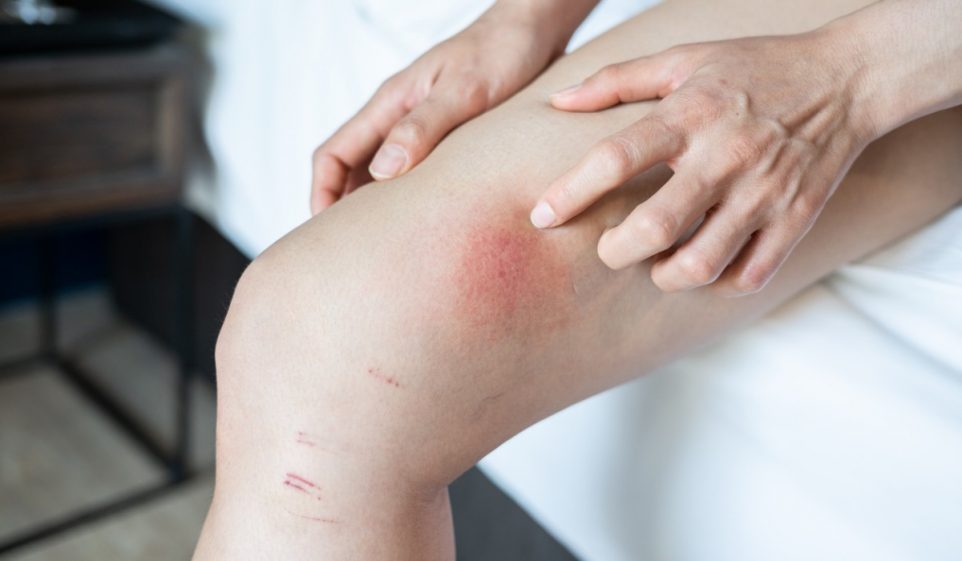Thigh Chafing: The Best Remedies and Prevention Tips

As the sun graces us with its warm embrace during summer, outdoor activities beckon. Yet, alongside the joys of the season, the dreaded discomfort of thigh chafing can sneak up on us when we least expect it. The friction between our thighs, exacerbated by heat and humidity, can turn a perfect day sour.
But fear not, for we unveil the ultimate guide to combat this common woe in this blog. From understanding the causes to discovering effective remedies and prevention strategies, you’ll have what you need to stride through summer confidently. Prepare to bid farewell to chafing and reclaim the bliss of carefree adventures.
Understanding Thigh Chafing
Thigh chafing, also known as chub rub, occurs when the skin between the thighs rubs against each other, causing irritation and redness. This friction is often exacerbated in hot and humid weather when sweat increases, making the skin more susceptible to irritation. Activities that involve a lot of walking or running can also worsen chafing.
Remedies to Relieve Thigh Chafing
Hydration and Moisturization: Keeping the skin well-hydrated is key to preventing chafing. Apply a hydrating lotion or cream to your thighs before heading out. Look for products with ingredients like aloe vera or shea butter, as they can create a protective barrier against friction.
Powders: Talc-free powders or cornstarch can help absorb moisture and reduce friction. Apply a thin layer to your inner thighs before putting on clothes.
Anti-Chafing Balms: There are anti-chafing balms available that provide a slick barrier between the thighs, reducing friction. These balms are long-lasting and can be a lifesaver during hot days.
Bandages or Athletic Tape: For those dealing with persistent chafing in a particular area, applying a bandage or athletic tape can provide protection and reduce rubbing.
Wearing the Right Clothing: Opt for moisture-wicking fabrics like cotton blends or synthetic materials to keep moisture away from the skin. Loose-fitting clothing can also help reduce friction.
Prevention Tips for Thigh Chafing
Stay Dry: Moisture is a major contributor to chafing. Keep your inner thigh area dry with a towel to pat the area whenever you feel excess sweat.
Stay Hydrated: While it might seem counterintuitive, staying hydrated can actually help prevent chafing. Proper hydration keeps your skin from becoming overly dry and more friction-prone.
Wear Fitted Undergarments: Opt for well-fitting, moisture-wicking underwear that can help prevent skin-to-skin contact.
Use Thigh Bands or Shorts: Thigh bands or shorts specifically designed to prevent chafing can be a game-changer. They create a barrier between the thighs and reduce friction.
Choose the Right Clothing: Consider loose-fitting clothing or garments with flat seams when planning your outfit. Tight clothing can increase friction.
Apply Anti-Chafing Products Proactively: Don’t wait for chafing to start before applying protective products. Apply chafing cream before heading out to prevent friction from occurring in the first place.
Stay Mindful of Activities: If you know you’ll be engaging in activities that could exacerbate chafing, take precautions beforehand. Apply a protective balm or wear anti-chafing shorts.
Regularly Moisturize: Keeping your skin moisturized can improve its resilience. Apply lotion regularly, especially after showering.
When to Seek Medical Attention
You can often manage thigh chafing with the remedies mentioned above and prevention tips. However, it’s important to consult a medical professional if you notice severe chafing that doesn’t improve with at-home treatments or develop an infection characterized by redness, swelling, or pus.
Elevating the Shopping Game
Our platform offers in-depth reviews and analyses across various product categories, empowering you to shop with confidence and precision. Here, transparency and detailed research pave the way for smart choices that reflect your needs and values. Join our community and elevate your shopping experience from buyer to expert, one report at a time.